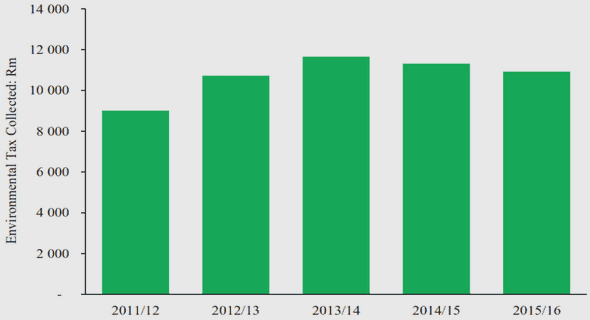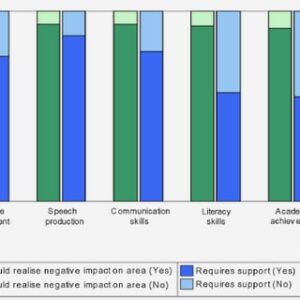(Downloads - 0)
For more info about our services contact : help@bestpfe.com
Table of contents
Part 1: Vermifiltration process: optimal input and gaseous emissions.
Chapter 1: Optimal input of pig fresh liquid manure during vermifiltration
1. Résumé du chapitre 1 : Intrant optimal de lisier frais d’un élevage de porcs pour la lombrifiltration
2. Abstract
3. Introduction
4. Hypothesis
5. Material and methods
5.1. Experimental site
5.2. Pig slurry application
5.3. Sampling
5.3.1. Solid (vermicompost)
5.3.2. Liquid
5.3.3. Earthworms
5.4. Analytical methods
5.4.1. Statistical analysis
5.4.2. Mass balance
5.4.3. Calculation of the porosity
6. Results
6.1. Abundance of population and biomass
6.2. Cluster analysis
6.3. Evolution of free air space
6.4. Evolution of C and N contents
7. Discussion of hypothesis
7.1. Existence of an optimum
7.2. Speed of evolution of the earthworm population
7.3. Distribution of the earthworm population in the vermifilter
7.4. Clogging
8. Conclusions
9. Knowledge application to design and management
Chapter 2: Effect of input dose and earthworm presence on gaseous emissions during vermifiltration
1. Résumé du chapitre 2 : effet de la dose et de la présence des lombriciens sur les émissions gazeuses durant la lombrifiltration
2. Abstract
3. Introduction
4. Hypothesis
5. Material and methods
5.1. Experimental site
5.2. Containers
5.3. Pig slurry application
5.4. Sampling
5.4.1. Solid (compost)
5.4.2. Liquid
5.5. Measurements
5.5.1. Temperature
5.5.2. Water and dry matter input and output
5.5.3. Earthworms
5.5.4. Gaseous emissions
5.6. Data processing
6. Results
6.1. Liquid budget
6.1.1. Liquid input
6.1.2. Liquid output
6.1.3. Net liquid input of mesocosm
6.1.4. Water input
6.1.5. Water output
6.1.6. Net water input in mesocosms
6.1.7. Dry matter content of the liquids
6.1.8. Dry matter input of mesocosms
6.1.9. Dry matter output of mesocosms
6.1.10. Net dry matter inputs of mesocosms
6.1.11. Conclusions concerning the liquid input
6.2. Mesocosm weights
6.2.1. Water content of the vermifilters
6.2.2. Wet weight of the mesocosms
6.2.3. Mass of water in the mesocosm
6.2.4. Dry matter of mesocosm
6.2.5. Conclusions the vermifilter media
6.3. Mesocosm temperatures
6.4. Gaseous emissions
6.4.1. Methane (CH4) Emission
6.4.2. Ammonia emission
6.4.3. Carbon dioxide emission
6.4.4. Water emissions
6.4.5. Nitrous oxide emission
6.5. Earthworm populations
6.5.1. Earthworm abundance
6.5.2. Earthworm biomass
6.5.3. Conclusions concerning earthworms
7. Discussion of hypothesis
7.1. Representativity of the observations
7.2. Confirmation of the existence of an optimal input of liquid and organic matter of the mesocosms
7.3. Heat transfer
7.4. Effect of earthworms on mixing the input matter and on liquid circulation
7.5. Effect of earthworms on maintaining a connected free air space inside the porous media and on the resulting gas emissions
7.6. Resulting effect of earthworms on gaseous emissions
7.6.1. Confirmation of methane sink by earthworm casts
7.6.2. Negligible ammonia emission
7.6.3. Carbon dioxide emission
7.6.4. Nitrous oxide emission
7.6.5. A new hypothesis to explain the effect of earthworms on either increase or decrease of nitrous oxide emission
7.7. Potential impact of vermifiltration of pig fresh manure on global warming
8. Conclusions
9. Knowledge application to design and management
Part 2: Bio recycling systems: optimal interactions between subsystems including vermifiltration, macrophyte lagooning, and constructed wetlands
Chapter 3: Spatial interactions: biological filtration of liquid manure and water recycling through vermifiltration and macrophyte lagooning
1. Résumé du chapitre 3 : interactions spatiales, filtration biologique d’un effluent liquide et recyclage de l’eau par lombrifiltration et lagunage à macrophytes
2. Abstract
3. Introduction
4. Hypothesis
5. Material and methods
5.1. Experimental design
5.2. Measurements
5.3. Mass balance estimate
5.4. Data processing
6. Results
6.1. Concentration of nutrients in the water
6.1.1. COD evolution
6.1.2. Total N, total P and total K evolution
6.1.3. NH4 evolution
6.1.4. Evolution of NO3 and NO2
6.2. Concentration of nutrients in sludge and plants
6.3. Nutrient retention in sludge and plants
7. Discussion of hypothesis
7.1. Removal of macronutrients
7.1.1. Decrease in nitrogen
7.1.2. Decrease in phosphorus
7.1.3. Decrease in potassium
7.1.4. Removal of COD
7.1.5. Role of precipitation and evaporation
7.2. Variability of concentration measurements
7.3. Nitrification-denitrification, sedimentation and plant uptake
8. Conclusions
9. Knowledge application to design and management
Chapter 4: Temporal interactions: seasonal effect on plant growth and concentration decrease of nitrogen and COD
1. Résumé du chapitre 4 : interactions temporelles : effet de la saison sur la croissance des plantes et l’abatement d’azote et de DCO
2. Abstract
3. Introduction
4. Hypothesis
5. Material and methods
5.1. System design
5.2. Experimental design
6. Results
6.1. Removal of COD
6.2. Removal of total nitrogen
6.3. Nitrate evolution
6.4. Plant growth
7. Discussion of hypothesis
7.1. Removal of COD
7.2. Variation in removal of total nitrogen and nitrate
7.3. Plants, seasons and chemical elements
7.4. Role of precipitation and evaporation
8. Conclusions
9. Knowledge application to design and management
General discussion
1. Comparison of efficiency in « station expérimentale » and “prototype”
1.1. Size effect
1.2. Recycling effect
2. Hypothesis on gaseous emissions from lagooning
2.1. Sample places
2.2. Size among components
2.3. Dose application
2.4. Calculation for N2O
2.5. Hypothesis for CO2, CH4 and NH3
3. “Treating” or “Recycling”
Conclusion
References


